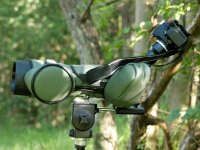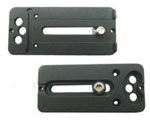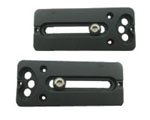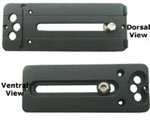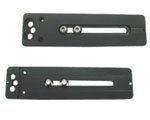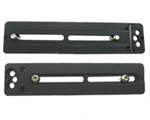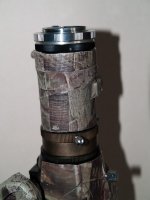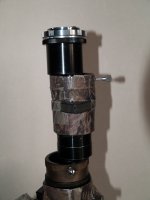Tord
Well-known member
Hi,
I started digiscoping the past winter, using Nikon spotting scope with S95 compact camera and later on also using the scope as a lens for my DSLR.
I have achieved results I am quite pleased with and based on this I am considering taking next steps to with the ambition to get even higher image quality at long range. The photos on display in this section of the forum are really inspiring and I would like to better understand astro/telescope setups, what setups are proven to work and what is needed to get started.
Questions on high level from the top of my head:
Application area: bird photography, long range shooting, reasonable portability.
Apologies for bothering with questions that have probably been asked and answered many times.
Lastly perhaps I should mention my DSLR gear is Olympus 4/3, and since I live in Sweden I would like to be able to source from European retailers if possible (to avoid addtional VAT and customs).
Best Regards
Tord
I started digiscoping the past winter, using Nikon spotting scope with S95 compact camera and later on also using the scope as a lens for my DSLR.
I have achieved results I am quite pleased with and based on this I am considering taking next steps to with the ambition to get even higher image quality at long range. The photos on display in this section of the forum are really inspiring and I would like to better understand astro/telescope setups, what setups are proven to work and what is needed to get started.
Questions on high level from the top of my head:
- There seems to be a multitude of telescopes with different designs. What designs are recommended to be used as super telephoto lenses on DSLR?
- What make should I look at? Names I seen mentioned here are Celestron, Sky-watcher...
- What adapter do I need to attach my DSLR to the scope, and to get a useful angle of view? Or am I wrong in my understanding, should I use a compact camera instead?
- Are there any other accessories strongly recommended to get a useful setup?
- What kind of tripod head is recommended? (I suppose it depends on the scope design).
Application area: bird photography, long range shooting, reasonable portability.
Apologies for bothering with questions that have probably been asked and answered many times.
Lastly perhaps I should mention my DSLR gear is Olympus 4/3, and since I live in Sweden I would like to be able to source from European retailers if possible (to avoid addtional VAT and customs).
Best Regards
Tord





